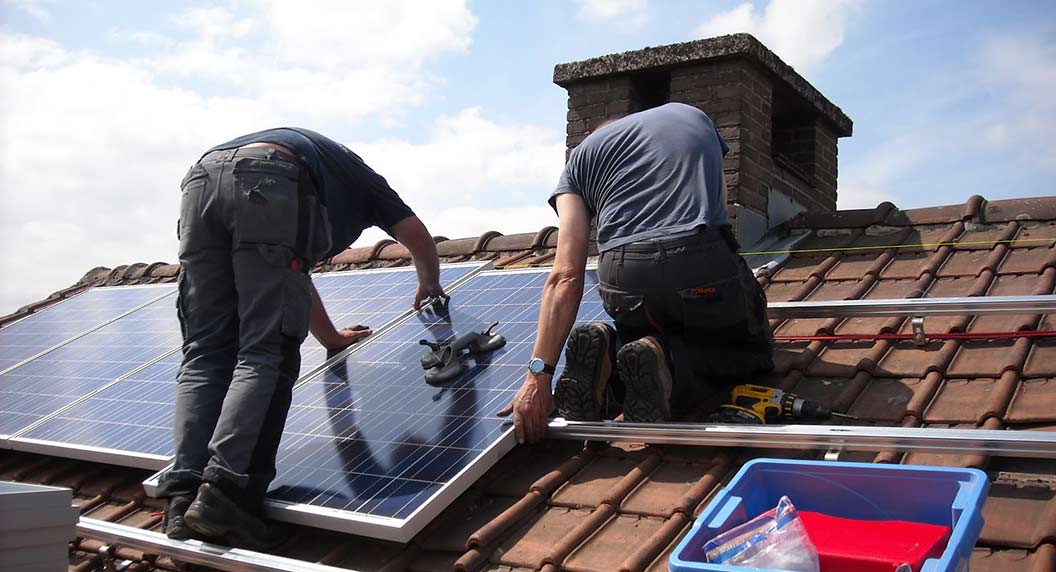On January 1st new safeguards for consumers and Property Assessed Clean Energy (PACE) programs went into effect in California.
PACE Improves

On January 1st new safeguards for consumers and Property Assessed Clean Energy (PACE) programs went into effect in California. Signed by Governor Jerry Brown in October of this past year, AB 1284 and SB 242 implement requirements for income verification and ability to repay loans, audio confirmation of contract terms, and licensing standards for PACE contractors along with other regulations overseen by the California Department of Business Oversight.
Residential PACE programs are a key component to our sustainability and climate goals. They allow homeowners to finance up to 100% of the upfront costs of solar installations and energy and water efficiency retrofits for their homes saving them money and reducing their impact on the environment. The costs of the renewable energy and/or energy efficiency projects are then paid back back over time on the homeowner’s property tax assessment.
As the National Resource Defense Council points out, there is a huge opportunity in the residential sector to reduce CO2 emissions. By 2050, they estimate that nationally, the residential sector has the potential to reduce CO2 emissions annually by as much as 550 million metric tons. Researchers have yet to extensively study the savings impacts from residential PACE programs because they are still relatively new but you can see from the California Alternative Energy and Financing Authority PACE Loss Reserve program that enrolled PACE program administrators are reporting significant savings in the state for energy, CO2, and water.
By eliminating the financial barriers for homeowners to make clean energy investments in their properties we can help achieve this carbon reduction potential while saving money and improving the health and well being of our communities. Furthermore, weatherizing our homes along with the expanded scope of Enhanced Infrastructure Financing Districts gives us the tools necessary to increase local resilience to the effects of climate change.
Local Government Commission Newsletters
Livable Places Update
CURRENTS Newsletter
CivicSpark™ Newsletter
LGC Newsletters
Keep up to date with LGC’s newsletters!
Livable Places Update – April
April’s article: Microtransit: Right-Sizing Transportation to Improve Community Mobility
Currents: Spring 2019
Currents provides readers with current information on energy issues affecting local governments in California.
CivicSpark Newsletter – March
This monthly CivicSpark newsletter features updates on CivicSpark projects and highlights.



